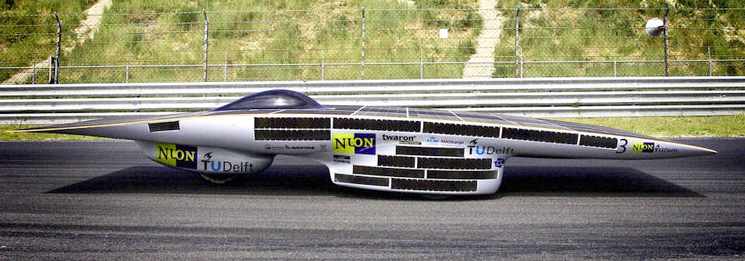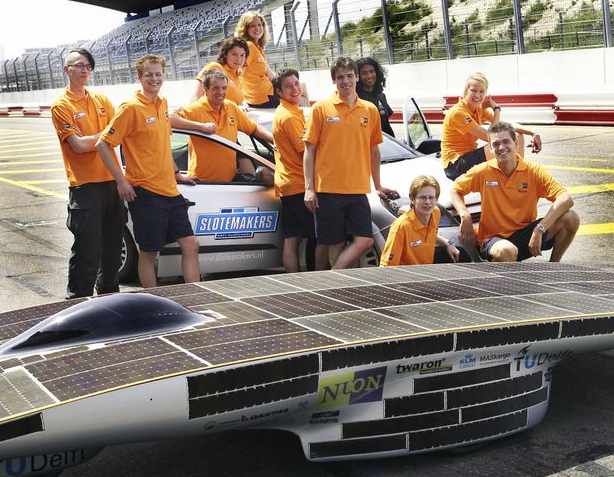|
NUON SOLAR CAR TEAM NETHERLANDS
|
||||||||||||||||||||||||||||||||||||||||||||||||||||||||||||||||||||||||||||||||||||||||||||||||||||||||||||||||||||||||||||||||||||||||||||||||||||||||||||||||||||||||||||||||||||||||||||||||||||||||||||||||||||||||||||||||||||||||||||||||||||||||||||||||||||||||||||||||||||||||||||||||||||||||||
|
HOME | INDEX | AUTOMOTIVE | BLUEBIRD | ELECTRIC CARS | E. CYCLES | SOLAR CARS |
||||||||||||||||||||||||||||||||||||||||||||||||||||||||||||||||||||||||||||||||||||||||||||||||||||||||||||||||||||||||||||||||||||||||||||||||||||||||||||||||||||||||||||||||||||||||||||||||||||||||||||||||||||||||||||||||||||||||||||||||||||||||||||||||||||||||||||||||||||||||||||||||||||||||||
|
Delft University of Technology - Technische Universiteit Delft
Founded in 1842, the Delft University of Technology, in Delft, the Netherlands, is one of the oldest, largest, and most comprehensive technical universities in the Netherlands, with over 13,000 students and 2,100 scientists (including 200 professors). The university is a member of the IDEA League.
Nuna is the name of a series of manned solar powered vehicles that won the World solar challenge in Australia three times in a row, in 2001 (Nuna 1 or just Nuna), 2003 (Nuna 2) and 2005 (Nuna 3). The Nunas are built by students of the Delft University of Technology.
Nuna 3 - superb solar car design
Nuna 3 (2005)
Nuna 3 was one of the favourites for the 2005 edition of the World Solar Challenge with a pre-race test-drive speed of 130 km/h. The final result was that the 3021 kilometers between Darwin and Adelaide were covered in a record 29 hours and 11 minutes, averaging about 103 km/h.
It has improved solar cells of a type that is otherwise only used in artificial satellites (as had the previous Nunas), and it has better aerodynamics and a lower weight than its predecessors.
It was designed and built by 11 students from different disciplines of the Delft University of Technology, who have partly put their studies on hold for this. They used the hightech labs and workshops of the University and, as with the Nuna 2, they received advise from Wubbo Ockels, the first Dutch astronaut and professor at the University.
Main specifications
Design criteria
To have a good chance to win, the car has to:
1) air friction (air resistance), and 2) rolling friction, which in turn is affected by the weight, among other things
The Nuon 2005 team at race course Zandvoort
Solar cells
The solar cells are made of Gallium Arsenide (GaAs) and consist of three layers. Sunlight that penetrates the upper layer is used in the lower layers, resulting in an efficiency of over 26%. This type of solar cell is among the best available at the moment. Apart from efficiency, size also matters, so the entire roof of the Nuna 3 is covered with them, except for the cockpit.
Efficiency is optimal when the cells are hit by the solar rays perpendicularly. If not, output is reduced by roughly the cosine of the angle with the perpendicular. Because the race is held in September this year (as opposed to October or November in previous years) the sun will be lower in the sky (it's earlier in spring). To compensate for this, as many cells as possible are placed at the sides, most notably on the wheel caps.
A solar cell gives a certain amount of current for a certain amount of sunlight. The voltage depends on the load (more precisely the resistance of the load). The power is the product of voltage and current and therefore also depends on the load. Over a certain voltage the current of the solar cell quickly drops to zero, as the graph illustrates.
However, the batteries have a fairly constant voltage, which also has a rather different value than that of the solar cells. So a voltage transformation is needed. Because this is direct current, a normal transformer, which uses alternating current can not be used.
Also, the DC-DC converter has to make sure the load the solar cells see is such that the solar cells give maximum power, so also at the top of the green line in the graph. The machine that does this is called the Maximum Power Point Tracker (MPPT). Here too, the goal is to have this conversion achieve maximum efficiency (>97%).
Aerodynamic design
The aerodynamic resistance is an important part of the total resistance. Important are the frontal surface and the streamline. Any deviation from the ideal streamline will cause turbulence, which costs energy. The ideal streamline is achieved in various stages:
From meteorological data from the area where the contest is to take place, it can be concluded that there will likely be a strong side-wind. The wheel caps of the Nuna 3 are designed such that a sidewind will have a propulsory effect.
Engine
The engine is totally encased in the rear wheel to minimise loss through mechanical transmission from engine to wheel (such as in a normal car in the gear box and cardan). The engine is an improved version of a Swiss engine by Drivetek, a spin-off of the Hochschule für Technik und Architektur Biel. The improvements are a 30% lower weight (10 kg), 50% more power (over 2400 W) and a 45% higher torque. The efficiency of the engine is also improved and is now over 98%. But as the graph shows this depends somewhat on the speed and increases with speed.
Test drive
During one of the test drives in the Netherlands the Nuna 3 achieved a speed of 130 km/h. On the first day of the race the car achieved a top speed of 140 km/h.
The race
Winning the race requires not just a good vehicle but also a clever way of driving it, in accordance with the characteristics of the track. Which is why this has been researched for two months prior to the race. Height differences are mapped and linked to GPS data. From this, during the race, the optimal speed can be determined.
Despite all testing and other preparations, one uncertain factor remains; the weather. Any clouds would strongly influence the amount of sunlight that can be captured. So any weather changes along the track will have to be constantly monitored. All these data are analysed by a computer model that constantly computes the ideal speed for that moment. This equipment is built into (petrol powered) pilot cars. Through telemetry these constantly receive data about the condition of the batteries and the amount of captured sunlight.
Important opponents
The winner of the American Solar Challenge from the University of Michigan (USA) was considered to be one of the most important opponents. Other important contestants were the MIT (also USA) and the Japanese Ashiya University team. In 2005 there were also two other European contestants, the Dutch Raedthuys Solar Team from the University of Twente and the Belgian Umicore Solar Team from Leuven.
2005 Race monitor
LINKS:
SOLAR CAR EVENTS
American World Solar Challenge - Formula Sun Australian World Solar Challenge Canadian Solar Discovery Challenge Dream Cup Solar Car Race Suzuka 2003 - Japan Japanese World Solar Car Rallye North American Solar Challenge Solar Express - Solar Bike Race
During these competitions, students learn about solar panels, electric motors, electronics, vehicle chassis, bodywork, aerodynamics, suspension, batteries and how to solve practical problems during the design process, while working as a team. It's demanding stuff and more fun that laying in bed watching TV, where individuals may seek inspiration, but achieve very little.
Solar Cola - a taste for adventure
|
||||||||||||||||||||||||||||||||||||||||||||||||||||||||||||||||||||||||||||||||||||||||||||||||||||||||||||||||||||||||||||||||||||||||||||||||||||||||||||||||||||||||||||||||||||||||||||||||||||||||||||||||||||||||||||||||||||||||||||||||||||||||||||||||||||||||||||||||||||||||||||||||||||||||||
|
EDUCATION | SOLAR CAR RACING TEAMS | SOLAR CAR RACING EVENTS | FILMS | MUSIC |
||||||||||||||||||||||||||||||||||||||||||||||||||||||||||||||||||||||||||||||||||||||||||||||||||||||||||||||||||||||||||||||||||||||||||||||||||||||||||||||||||||||||||||||||||||||||||||||||||||||||||||||||||||||||||||||||||||||||||||||||||||||||||||||||||||||||||||||||||||||||||||||||||||||||||
|
The
content of this website is copyright © and design copyright 1991 and
2006 Electrick Publications and NJK. All rights reserved. The bluebird
logo |
||||||||||||||||||||||||||||||||||||||||||||||||||||||||||||||||||||||||||||||||||||||||||||||||||||||||||||||||||||||||||||||||||||||||||||||||||||||||||||||||||||||||||||||||||||||||||||||||||||||||||||||||||||||||||||||||||||||||||||||||||||||||||||||||||||||||||||||||||||||||||||||||||||||||||


